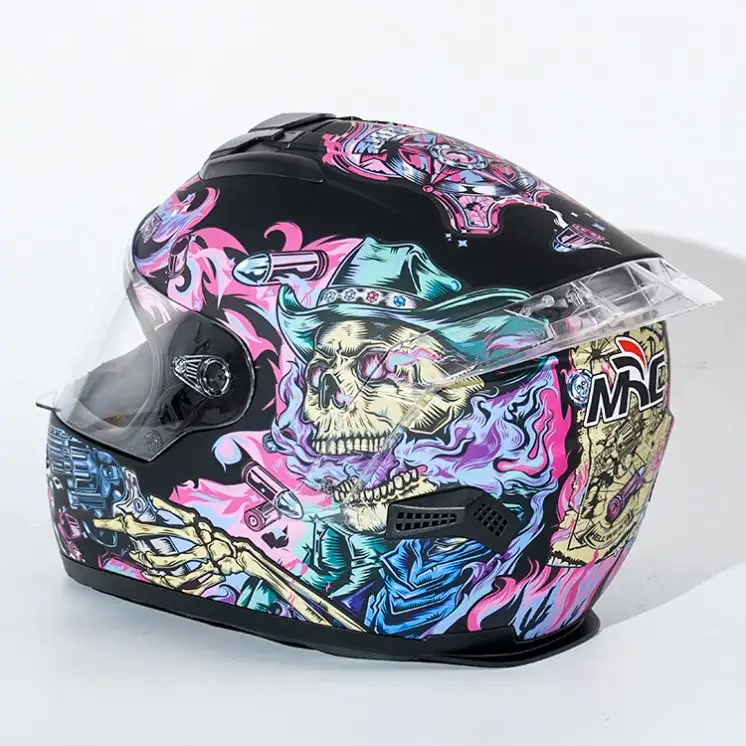Modern NFL helmets are the result of extensive research, advanced design, and cutting-edge technology. They are built with a focus on player safety, comfort, and performance. Here’s a closer look at the design and technology behind these helmets:
- Outer Shell: The outer shell of NFL helmets is typically made from advanced materials like carbon fiber, Kevlar, and high-impact plastic composites. These materials offer a combination of strength, durability, and lightweight design, providing protection without adding unnecessary weight.
- Impact-Absorbing Liner: The inner liner of the helmet is usually made of expanded polystyrene (EPS) foam. This liner is designed to deform upon impact, absorbing and dissipating the energy generated during collisions, reducing the force transmitted to the player’s head.
- Custom Fit: Modern NFL helmets are custom-fitted to each player. A personalized fit ensures that the helmet is snug, secure, and comfortable. A well-fitted helmet minimizes movement during play and reduces the risk of helmet dislodgment.
- Facial Protection: Face masks or visors are an essential part of the helmet. They provide vital protection for the player’s face, shielding it from direct hits and reducing the risk of facial injuries.
- Ventilation Systems: Helmets are equipped with ventilation systems that allow airflow to regulate temperature and reduce moisture buildup inside the helmet. Maintaining a comfortable head temperature is essential for player focus and performance.
- Advanced Materials: Helmets are constructed from high-strength materials designed to withstand the rigors of the game. These materials can endure repeated impacts without losing their protective qualities.
- MIPS Technology: Some NFL helmets incorporate MIPS (Multi-directional Impact Protection System) technology. MIPS is designed to reduce rotational forces on the brain during certain types of impacts, enhancing head protection.
- Impact Sensors: Modern helmets may come equipped with impact sensors that measure and transmit data on the magnitude and location of impacts. This data is crucial for monitoring player safety, assessing potential injuries, and making informed decisions about player health.
- Rule Compliance: The NFL has specific rules and regulations regarding helmets to ensure that players wear approved and safe headgear. Players are required to use helmets that meet league standards, emphasizing the importance of quality helmets.
- Regular Maintenance: Helmets require regular maintenance and inspection to ensure they remain in good condition. Helmets that have been involved in significant impacts should be replaced, as their protective capabilities may have been compromised.
- Research and Development: The NFL invests in ongoing research and development to improve helmet technology. The league collaborates with helmet manufacturers to enhance designs and reduce head injury risks.
- Player Education: Players are educated on the proper use and care of their helmets. They are also informed about the signs and symptoms of head injuries, emphasizing the importance of reporting any potential issues.
Modern NFL helmets represent the cutting edge of technology and design, prioritizing player safety and well-being. The continuous improvement of helmet technology is essential for reducing the risk of head injuries and ensuring that athletes are protected as they compete at the highest level of the game.


